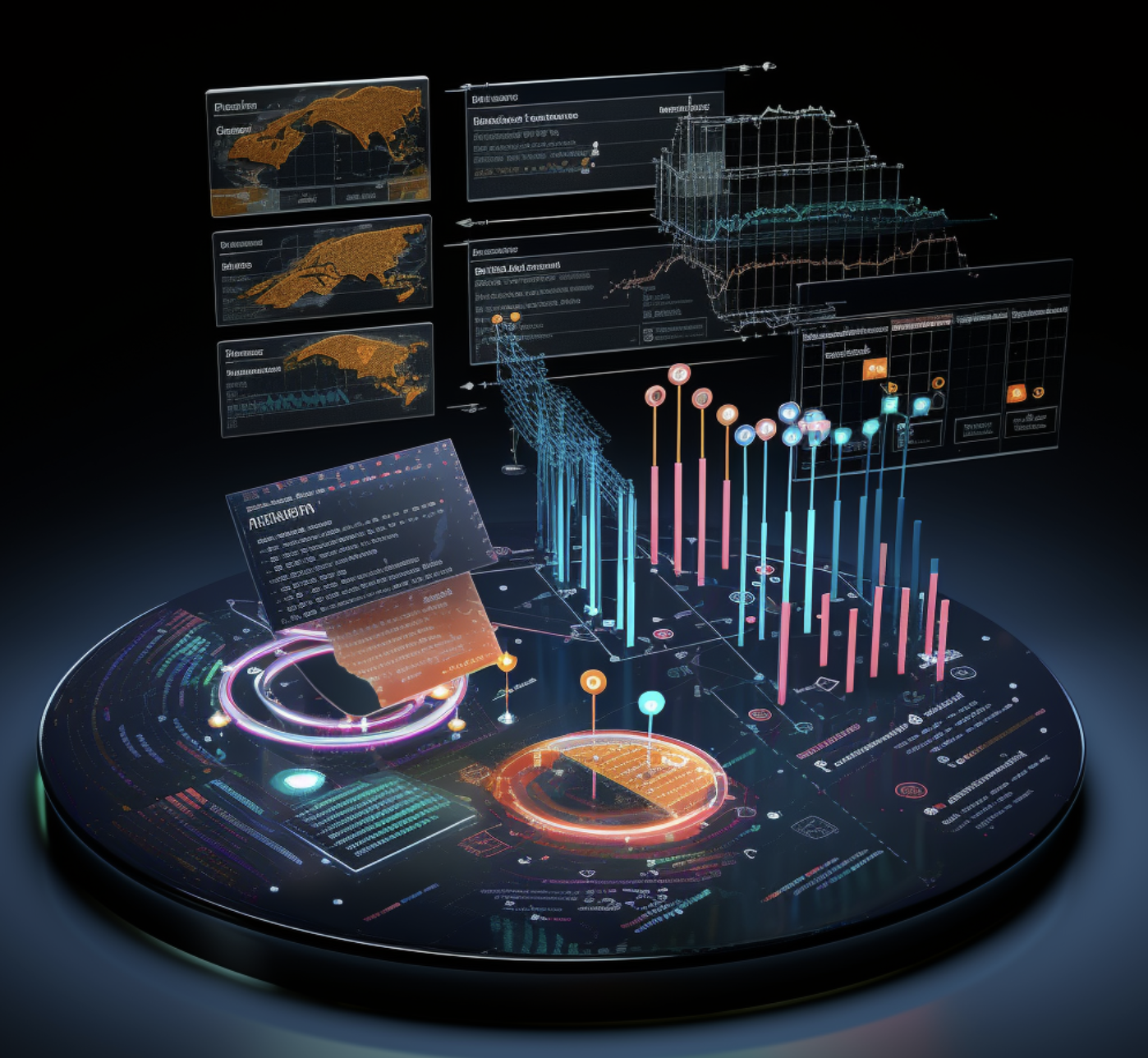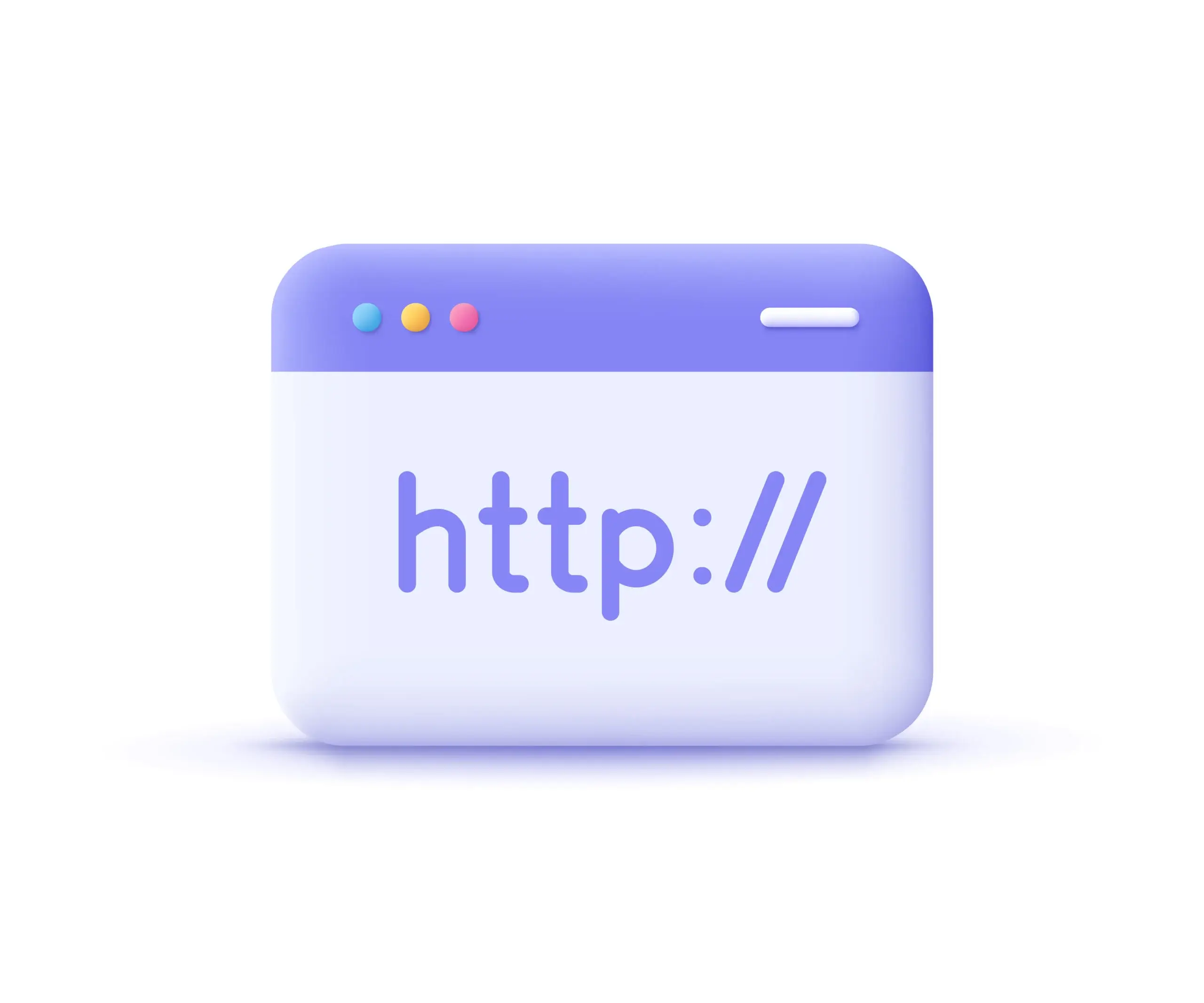Data normalization is a crucial step in Python programming that is often overlooked. It is the unsung hero that improves the accuracy and efficiency of machine learning algorithms.
In this article, you will dive into the world of data normalization in Python, exploring its techniques and benefits. You will also learn how to utilize libraries like sklearn, spaCy, and NLTK for the task.
Data normalization isn’t just a concept; it’s an essential practice in Python programming. By eliminating data redundancy and ensuring logical data design, it maximizes your algorithm’s performance. Further, integration of Python libraries like sklearn, spaCy, and NLTK for data normalization, makes the process even more effective.
To understand the practical application of these libraries, let’s focus on automating web scraping tasks or how to handle a chromedriver proxy with selenium using Python. Delve deeper into the art of data normalization recommended for all budding data science enthusiasts and professionals alike.
Let’s demystify the art of data normalization and discover how it can enhance your data science projects.
Key Takeaways

- Python is widely used for back-end software development, app development, and data science.
- Data normalization is necessary to process data sets with differing units or scales for analysis.
- Normalizing data ensures that features are on the same scale, avoiding bias and faulty predictions.
- Sklearn is a popular Python library for data normalization and offers functions and methods specifically designed for this purpose.
Understanding the Role of Python in Data Processing
In the realm of data processing, Python plays an essential role due to its ability to automate tasks such as data normalization, a critical step in preparing data for machine learning and data analysis.
Python’s versatility and ease of use make it a top choice for data scientists. It’s got powerful libraries like NumPy, Pandas, and Matplotlib designed specifically for data manipulation and analysis.
Python’s object-oriented approach simplifies the coding process, making it accessible to both beginners and seasoned developers. The active Python community is a bonus, offering support and resources for troubleshooting.
Python’s ability to work across different operating systems further enhances its appeal. In short, Python’s unique features make it indispensable in the world of data processing.
The Concept and Importance of Data Normalization
Rescaling numeric attributes to a common range, typically 0 to 1, is crucial for avoiding bias and faulty predictions in analysis. This process, known as data normalization, ensures all data points are on a level playing field, enhancing the accuracy of subsequent data processing and analysis tasks. Normalized data is also less likely to cause computational issues such as underflow or overflow.
Here’s a quick rundown of its benefits:
- Improved Accuracy: Normalization reduces bias and enhances the accuracy of machine learning algorithms.
- Enhanced Visualization: Normalized data is more stable and easier to visualize.
- Faster Convergence: Lower scales allow for quicker convergence, essential for certain machine learning algorithms.
Common Techniques for Data Normalization in Python
Several common methods are often employed when it’s time to bring various numeric attributes to a similar range, especially when dealing with discrepancies in units or scales. Python’s libraries offer a range of techniques for data normalization. Among them, three stand out: simple feature scaling, min-max scaling, and Z-score normalization.
| Method | Description | Python Library |
| Simple Feature Scaling | Each value is divided by the maximum value for the feature, resulting in a range of 0 to 1 | sklearn. preprocessing |
| Min-Max Scaling | Adjusts the range to 0 to 1, using the formula (x – min) / (max – min) | sklearn.preprocessing |
| Z-score Normalization | Subtracts mean and divides by standard deviation, centering distribution around 0 | scipy.stats |
These techniques make it easier to compare datasets, enhance machine learning algorithm performance, and improve data visualization.
Practical Examples of Data Normalization in Python
Putting theory into practice, let’s delve into some real-world examples where numerical values are effectively scaled down to a uniform range.
Consider a dataset in Python, where one column represents the age range from 1-100, while another represents income ranging from 1,000 to 100,000. Using Python’s sklearn library, the MinMaxScaler function can normalize these disparate ranges into a uniform scale of 0 to 1.
Here are three steps the developer follows:
- Import the MinMaxScaler from sklearn.preprocessing.
- Instantiate the MinMaxScaler and fit it to the dataset.
- Transform the dataset using the scaler’s transform method.
These steps effectively normalize the dataset, ensuring each column’s values fall within the same scale, thereby improving the performance of machine learning algorithms.
Using Sklearn for Data Normalization in Python
When it comes to making use of Sklearn for adjusting values in a set, it’s often the go-to tool due to its efficiency and simplicity. It’s got a built-in function, the ‘preprocessing.scale’, that quickly normalizes data. Users simply input their data into the function and it spits out a normalized version.
This feature is a lifesaver when dealing with large datasets where manual normalization would be time-consuming. Additionally, Sklearn’s normalization isn’t just limited to numeric data. It’s also capable of handling text data, making it a versatile tool for data scientists.
Text Data Normalization in Python: A Special Case
Textual information presents a unique challenge for normalization, requiring specific processes such as tokenization and stopword removal.
Tokenization breaks down text into smaller parts, or tokens, which allows Python to more easily analyze the data.
Stopword removal, on the other hand, eliminates common words such as ‘and’ or ‘the’ that could skew the analysis.
Here’s a simplified process of text normalization in Python:
- Tokenization: Break down the text into smaller parts.
- Stopword Removal: Remove common words that don’t contribute to the meaning.
- Lemmatization: Reduce words to their base or root form.
Frequently Asked Questions
What Are Some Potential Drawbacks or Challenges in Normalizing Data in Python?
While normalizing data in Python offers many benefits, it’s not without potential drawbacks.
It can increase processing time, especially with large datasets. Also, if not done correctly, it may lead to loss of information or distort original data.
In some cases, normalized data may not work well with certain algorithms. It’s also crucial to remember that normalization doesn’t eliminate the need for careful data cleaning and preparation.
How Can One Handle Missing Values During Data Normalization in Python?
When handling missing values during data normalization in Python, one can use various strategies. They might replace the missing values with the mean, median, or mode of the column.
They could also use prediction models to estimate the missing values.
Or, they might simply remove the rows with missing values.
The choice depends on the data’s nature and the potential impact on the analysis.
Python’s Pandas library makes these tasks easier.
Are There Scenarios Where Data Should Not Be Normalized in Python?
Yes, there are scenarios where data shouldn’t be normalized in Python.
If the dataset’s scale doesn’t affect the algorithm’s output, normalization isn’t necessary. For instance, tree-based algorithms aren’t influenced by the scale of input features.
Also, if the data follows a Gaussian distribution or the standard deviation is quite small, normalization might add no value.
Hence, understanding the data and algorithm is crucial before deciding to normalize.
How Does Python Compare to Other Programming Languages for Data Normalization Tasks?
When comparing Python to other programming languages for data normalization tasks, it’s notable for its simplicity and efficiency.
Its robust libraries, like Pandas and NumPy, offer built-in functions for normalization, making the process faster and less prone to errors.
It’s also beginner-friendly, which isn’t always the case with other languages.
Plus, Python’s active community is a great source of support and resources.
Can You Recommend Any Additional Resources for Learning More About Data Normalization in Python?
They’d recommend exploring Python’s official documentation, online courses like Coursera and edX, and data science blogs for further learning.
Websites like Stack Overflow and GitHub also offer invaluable resources.
For understanding Python libraries used in data normalization, such as Pandas, NumPy, and Sklearn, their official docs are the best bet.
Have you ever heard about ProxyEmpire?
Experience Unmatched Speed with ProxyEmpire’s Residential Proxies, Spanning Across 170+ Countries.
ProxyEmpire brings you an impressive array of over 9 million rotating residential proxies. These are ethically obtained and integrated with advanced filtering options, allowing you to pinpoint targets, be it countries, cities, regions, or ISPs. Each of our residential proxy plans includes VIP integration support, ensuring your setup is up and running in just a few minutes.
What sets ProxyEmpire apart is its ability to cater to use scenarios that other proxy partners cannot meet. Built to seamlessly integrate with all standard proxy protocols, our residential proxies are compatible with any software stack you currently possess. For those requiring more stable connectivity, we also offer static residential proxies, or ISP proxies, to maintain the same IP for a month or longer.
Begin your proxy journey with ProxyEmpire today.
Embrace the Future of 4G Rotating Mobile Proxies.
As the digital world becomes increasingly reliant on mobile platforms, ProxyEmpire provides a robust infrastructure for mobile proxies. Designed to function optimally on APP-only platforms, these enable you to collect data in fresh, tailored ways for mobile, without ever raising suspicion.
Our rotating mobile proxies offer unmatched connectivity and work well across 170+ countries. With filter options that narrow down to mobile carrier levels, we ensure you have control wherever you are. Furthermore, we also offer dedicated mobile proxies that come with unlimited bandwidth, thus giving you complete control of IP changes and superior proxy speeds.
Get started with ProxyEmpire now.
At ProxyEmpire, Speed and Reliability are Always a Given.
As a rotating proxy provider with zero constraints, we are the only backconnect proxy partner offering rollover data, allowing you to carry forward unused data to the next billing cycle.
Say goodbye to throttling and IP blocking issues with our unlimited concurrent connections. Irrespective of your geographic location, you can enjoy seamless proxy service. Our robust rotating proxy network boosts a 99.86% uptime, ensuring that each IP address is scrutinized for quality, providing you with the best-rotating proxies in the business.
Embrace a new era of proxy service with ProxyEmpire.
→ Discover our:
Last Word
In conclusion, data normalization in Python programming plays an indispensable role in improving the accuracy and efficiency of machine learning algorithms. By utilizing Python libraries like sklearn, spaCy, and NLTK, developers can maximize the performance of their data science projects. However, referencing the challenges related to normalization, it’s critical to approach the process understanding that it requires careful data preparation and handling – it is not a cure-all for data mishandling issues.
As we embrace data-driven decision-making in an increasingly digital world, Python becomes an even more crucial tool in data science. Similarly, in a world where web data extraction is paramount, ProxyEmpire serves as a powerful ally. Offering a vast array of rotating residential proxies, mobile proxies with unmatched speeds, and impressively reliable service, ProxyEmpire ensures efficient and secure data extraction processes. Embrace the future of data science and web proxy services with Python and ProxyEmpire.





















